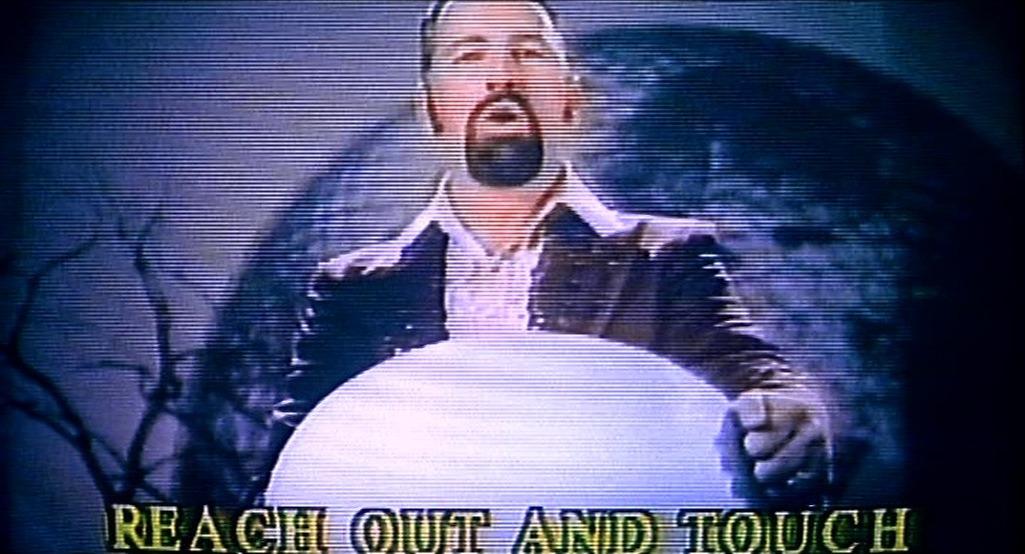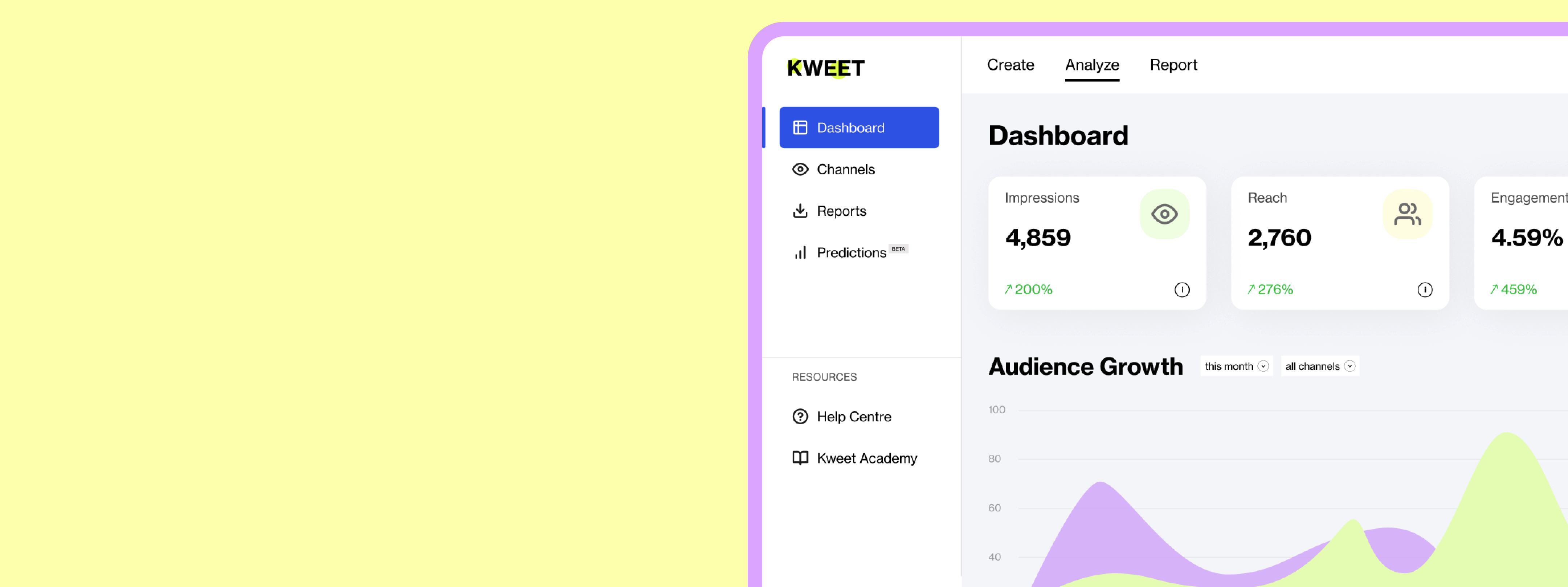Acquiring a new monthly donor is a big win. But what happens next – after the confirmation email lands, after Stripe processes the first charge – is what determines whether that donor sticks around or drifts away.
Too often, what happens is… not much.
No meaningful thank-you. No warm welcome. No story. Just silence. And over time, silence becomes detachment. Detachment becomes cancellation.
You worked hard to get that recurring gift – so don’t stop there. Your monthly donor welcome email sequence is one of the simplest, highest-impact tools nonprofits can use to turn monthly donors into committed, long-term supporters. And yet, many orgs either skip them entirely or send one generic note that reads like a receipt.
This guide gives you five fully-structured emails: timed, themed, and ready to customize. We’ll cover how each one builds trust, reinforces mission, and gently pulls your donor deeper into the cause without asking for more money.
Whether you’re a one-person team or a well-funded nonprofit with a CRM to match, this series is designed to work for you.

Why Monthly Donor Retention Is the Key Metric to Watch
Recurring donors are the backbone of financial stability. They help you forecast income, reduce fundraising costs, and survive slow seasons. But here’s the flip side: if they don’t feel connected, they won’t stay.
Industry data shows that monthly donor retention rates hover between 60–70% after the first year – if you do the basics right. Skip the basics, and that number plummets.
Welcome emails aren’t fluff. They’re retention infrastructure. And when done well, they:
- Make donors feel seen and appreciated
- Reaffirm their decision to give monthly
- Connect them to real people and stories inside the mission
- Lower your churn rate without a dime spent on re-acquisition
A good welcome series isn’t about flooding inboxes. It’s about intentional touchpoints that say: you matter, your gift matters, and here’s the proof.
The Ideal Donor Sequence Structure: 5 Emails, 30 Days, Zero Overwhelm
You don’t need a 12-part sequence or a fancy automation platform. Five thoughtfully timed emails – spaced over the first month of giving – can radically shift how a donor feels about your organization.
Here’s the timing:
- Email 1: Day 0 – Warm, personalized thank-you and affirmation
- Email 2: Day 3 – Early impact (show what their gift is already doing)
- Email 3: Day 7 – Meet the humans behind the work
- Email 4: Day 14 – Share a vulnerable story of challenge and persistence
- Email 5: Day 30 – Invite small engagement (non-financial)
This isn’t about high polish or HTML-heavy templates. Text-based, conversational emails often perform best. What matters is tone, timing, and sincerity.
Email #1: “You Just Did Something Important”
Subject line ideas:
- You’re now part of XYZ
- The impact of your first gift
- Welcome to XYZ
Core purpose: Make your donor feel like they just joined something powerful. Think beyond “thanks for your donation.” They didn’t just give – they aligned themselves with your mission.
Copy framework:
- Start with warmth: Use their name. Thank them directly.
- Highlight what their support enables. Be specific.
- Use emotional language without overhyping.
- Set expectations: when they’ll hear from you next, what to watch for.
- End with a soft CTA: link to a welcome video, impact story, or team photo.
Example snippet:
You just made a big decision. You chose to show up every month for families working to escape homelessness. That’s not small. That’s huge. You’re now part of a community that believes no child should go to sleep in a car or shelter. And we’re so glad you’re here.
Email #2: “Here’s What You Already Helped Make Happen”
Subject line ideas:
- You helped feed 52 families
- Your gift showed up here
- Real change, thanks to you
Core purpose: Deliver proof. Fast. Donors want to see results – not six months from now, but now. This is especially important in the first week.
Copy framework:
- Share 2–3 specific wins or stats tied to recent work
- Name a person, place, or moment their gift touched
- Use visual language if possible (e.g., “your gift helped stock 150 backpacks with pencils, books, and hope”)
- End with an invitation to learn more – link to a story or impact page
Pro tip: If your work is long-term (policy, research, etc.), use early wins like “this helped us meet with city officials to present new data on…” Don’t wait for perfection – show movement.
Email #3: “This Is Who We Are”
Subject line ideas:
- Behind the scenes at XYZ
- We thought you’d like to meet…
- The people behind the mission
Core purpose: Show the human side of your organization. Trust grows when people know who’s behind the curtain.
Copy framework:
- Introduce one or two team members or volunteers
- Share a short origin story – why they care, how they got involved
- Include a photo or quote if possible
- Use language that positions the donor as part of this team
Example snippet:
You’ve already made an impact, and you haven’t even met us yet. This is Kelly – our program director. She’s spent the last five years helping kids transition out of foster care. Thanks for giving us the chance to keep going.
Email #4: “The Moment That Shaped Us”
Subject line ideas:
- What we faced last year
- The hardest part of this work
- Why your support is urgent – and personal
Core purpose: Tell a story that creates emotional resonance. Vulnerability builds trust. This email is where you let your donor see the mess, the challenge, the stakes.
Copy framework:
- Open with a tension point – something difficult but real
- Share how the team or community responded
- Highlight resilience, support, and donor role in making it through
- End with gratitude, not another ask
Pro tip: This is not a fundraising appeal. It’s a story about staying the course, and why that’s only possible with recurring support.
Email #5: “Can You Help Us Spread the Word?”
Subject line ideas:
- Got 2 minutes?
- A small favor, if you’re up for it
- The power of collective impact
Core purpose: Invite low-effort, high-leverage engagement. This reinforces belonging and multiplies impact without asking for more money.
Copy framework:
- Acknowledge their generosity
- Suggest one clear action: share a post, forward an email, leave a review
- Make it personal and light, not transactional
- Offer easy links or share text to copy/paste
Example snippet:
You’ve already done so much. But if you’ve got two minutes, there’s one small thing that makes a big difference: share this post. That’s it. Just hit the share button and help us reach someone else who might care. One click. One ripple. It matters.
Bonus Tips for Personalizing and Automating at Scale
Whether you’re using Mailchimp, HubSpot, EveryAction, or something more custom, here’s how to make your welcome series smarter:
- Use dynamic tags: Insert donor name, gift size, giving frequency
- Trigger sequences based on donation form: Tailor emails based on the program or campaign they gave to
- Include soft “next steps”: Optional links to volunteer, read more, or join your Facebook group
- Track engagement: Use click and open rates to refine future emails
Once it’s done, it works 24/7 – deepening connection, lowering churn, and turning casual givers into true partners.
Final Thought: Treat Monthly Donors Like the Inner Circle
They’re not just recurring transactions. They’re people who made a conscious choice to stay in the fight with you. Month after month.
They deserve more than a tax receipt. They deserve a warm welcome. A voice. A story. A reason to keep showing up.
This series gives you a blueprint. Customize it. Make it feel like you. But whatever you do – don’t let your monthly donors go silent. Speak first. Speak meaningfully. And you’ll keep them longer than you ever thought possible.
